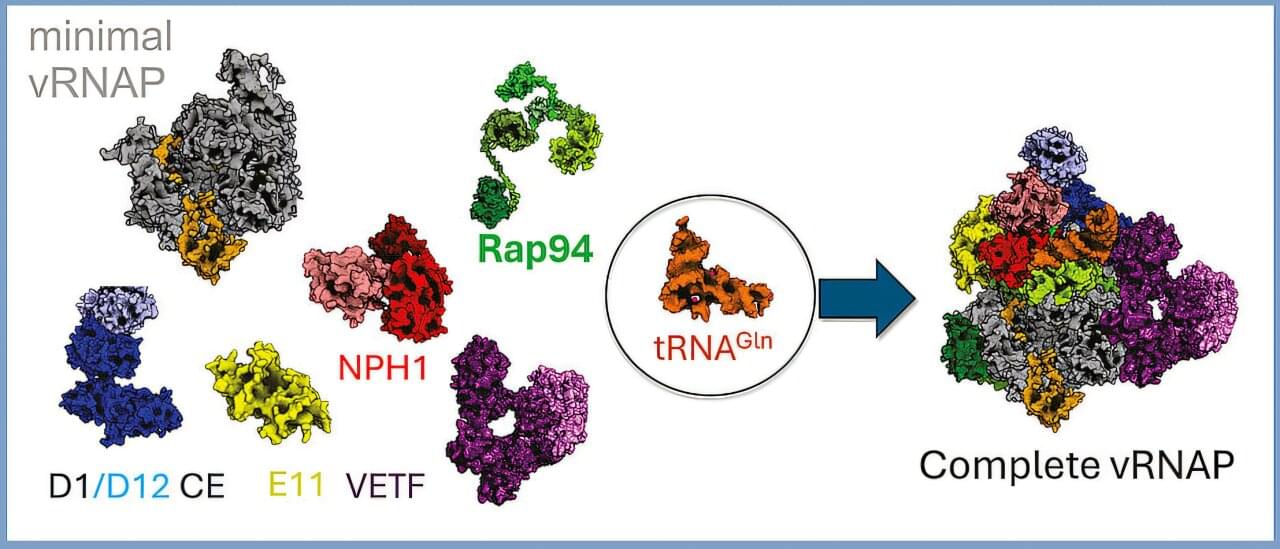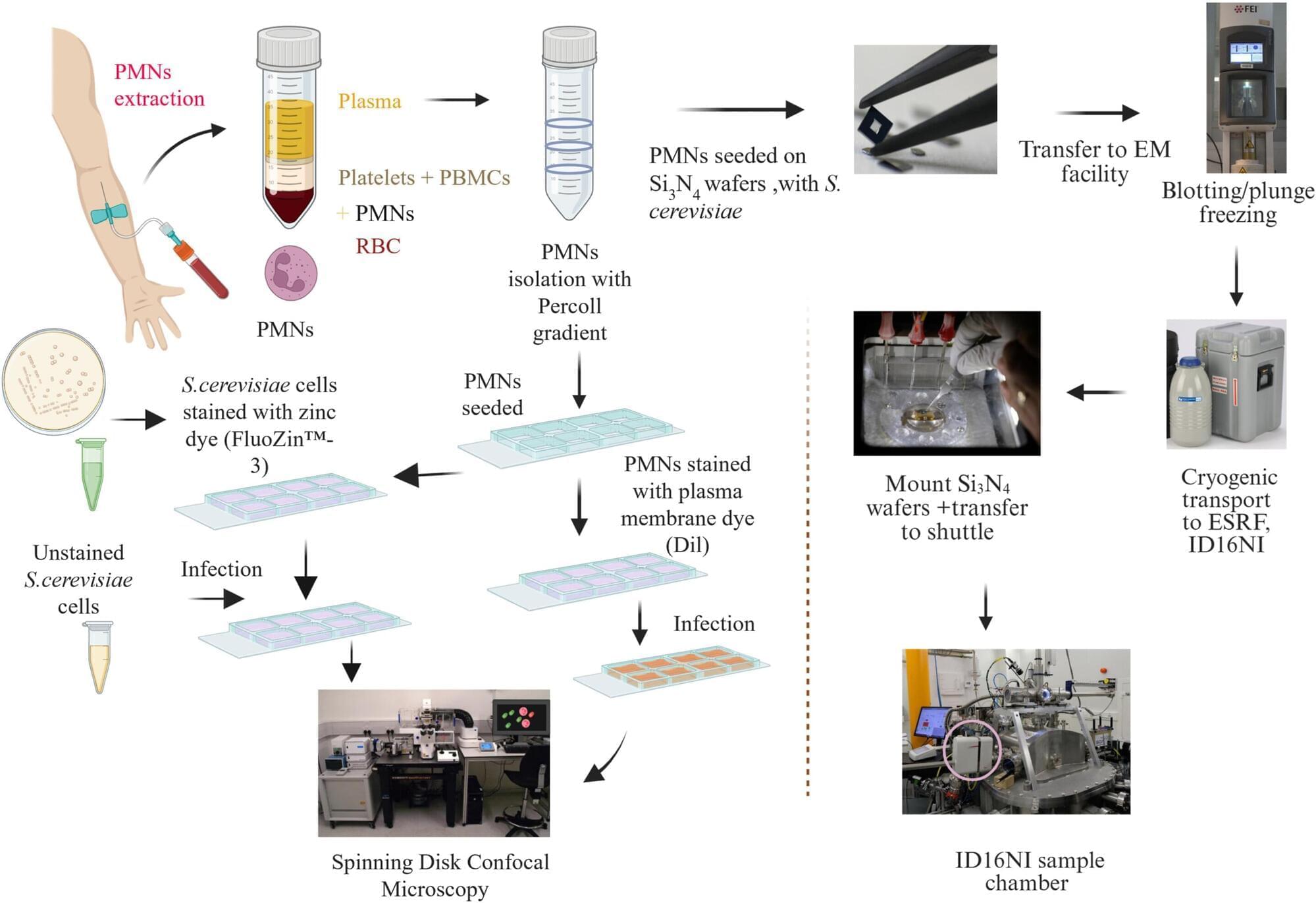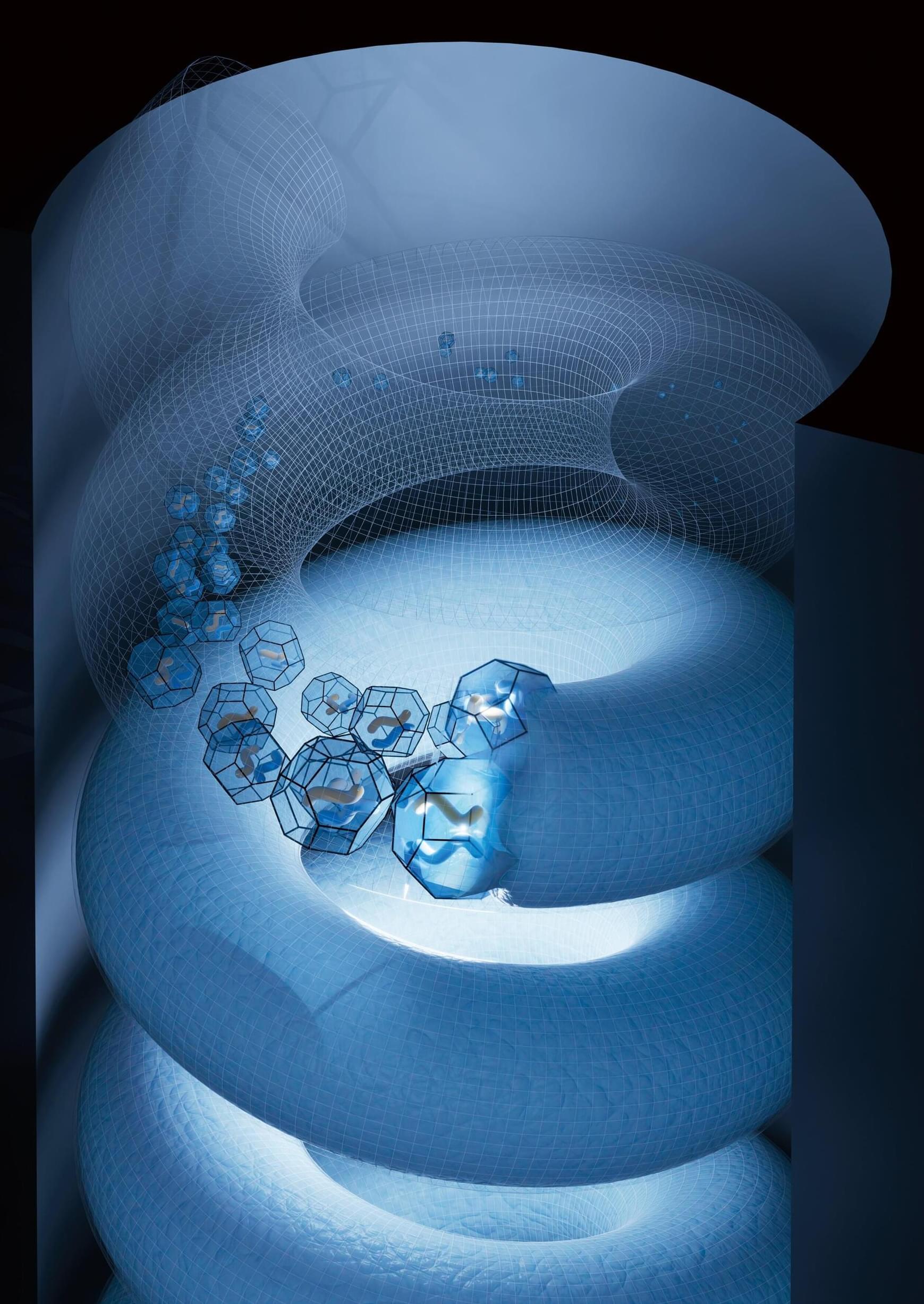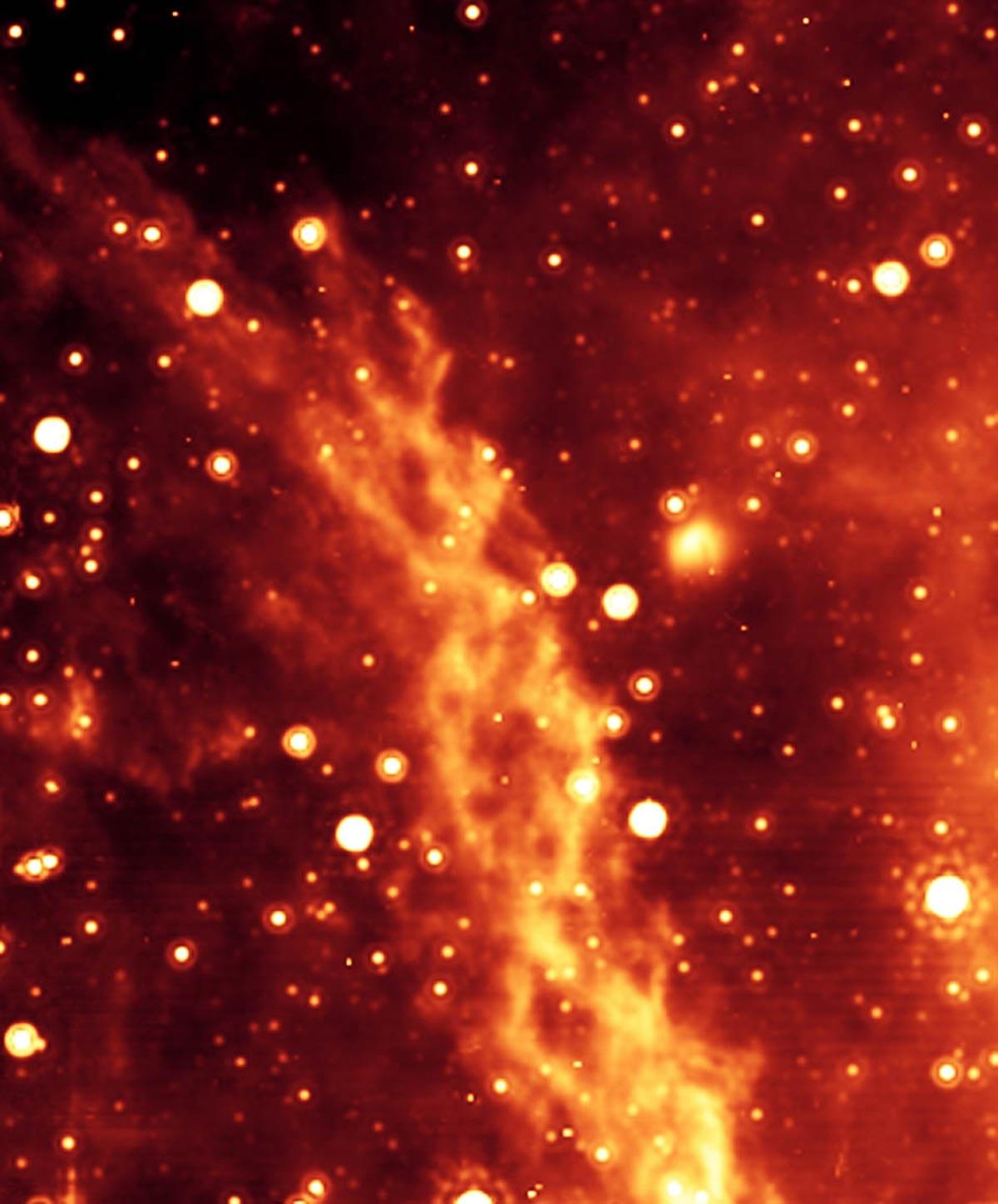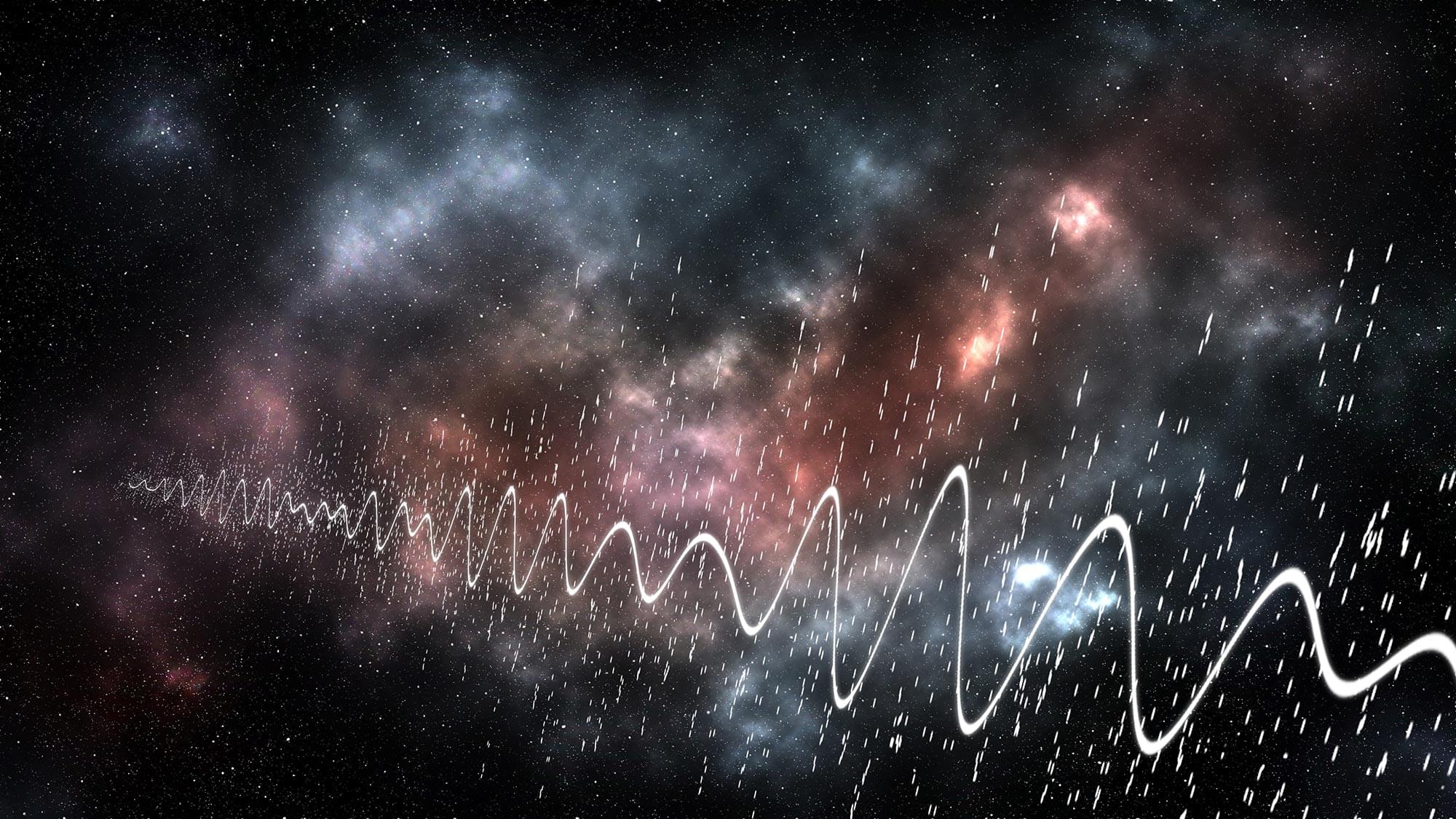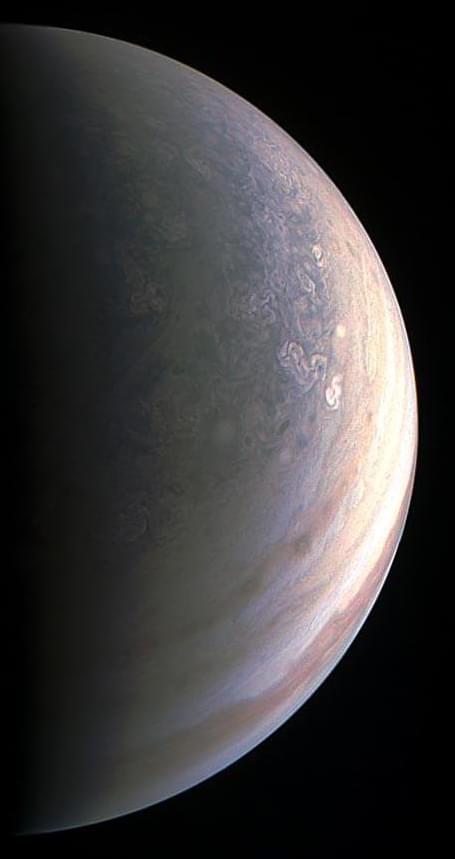A study from Würzburg reveals that pox viruses have developed a unique strategy to rapidly multiply after infecting a host cell. The findings uncover a previously unknown role for a well-known molecule and may serve as a starting point for the development of new antiviral agents.
In the English society of former times, a chaperone, traditionally an older woman, was assigned to accompany a young unmarried woman to ensure her proper behavior, especially during interactions with men, in line with the social norms of the time.
In biochemistry, chaperones also play a protective role. One of their main functions is to assist newly synthesized proteins in folding correctly and to prevent misfolded protein chains from clumping.
